I Absolutely Refuse to Delay My Retirement to Save My Spoiled Daughter and Her Son

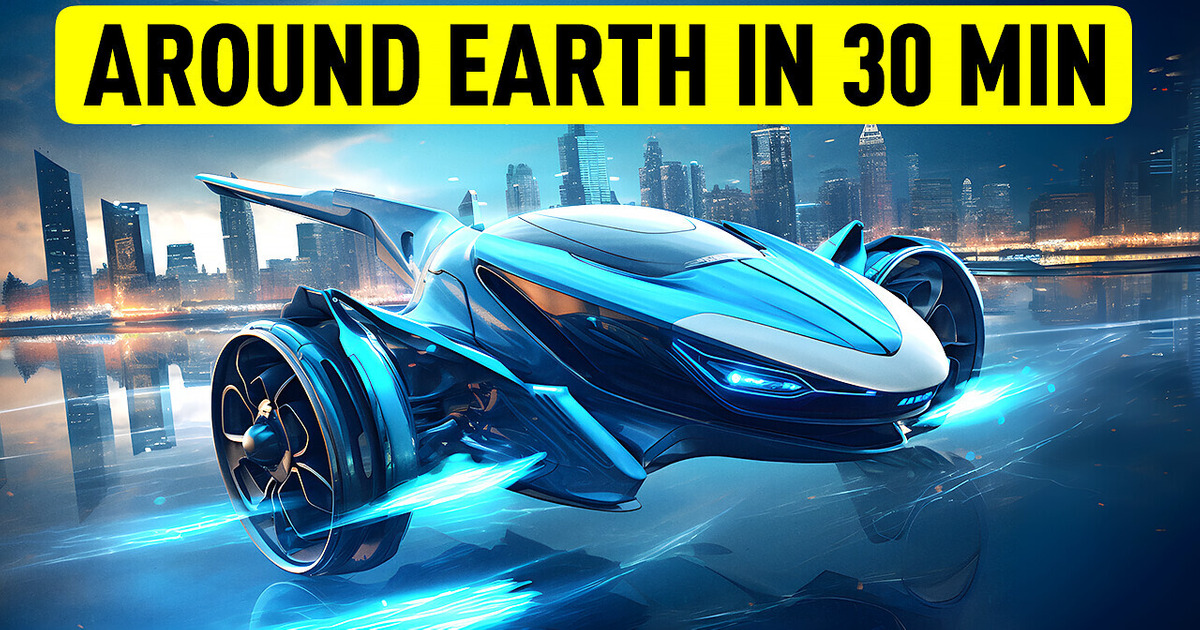
The most incredible technology for transporting things and people could be teleportation. Unfortunately, we won’t see a teleportation machine in the near future. But we will be able to ride perfect self-driving cars with autopilots on the road and in the air.
We will also ride flying motorcycles and take a vacuum train to get from New York to Los Angeles in just a few minutes. So, let’s start with self-driving cars. The principle of operation of almost all such vehicles is the same. The car has cameras and sensors, high-precision maps, and radars that scan the situation on the road.
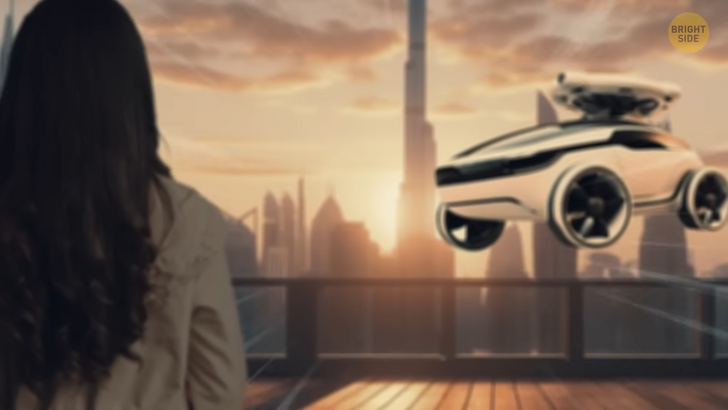
A common system unites such machines. Each of them knows where the others are, and this prevents accidents or traffic jams. Of course, today, cars with autopilot are not so impressive. Many people drive them. But imagine what will happen when all vehicles on Earth get united by common artificial intelligence. People will forget about traffic jams forever. Computers will predict dangerous situations and prevent them.
But what will people do on the road if they don’t drive cars? The developers will focus on passenger entertainment. The car will be able to tell you the exact time of the trip. Do you need to arrive at noon sharp? Okay, the car may intentionally slow down or increase its speed. It will turn into a real electronic assistant.
You can have a meeting, order food, and choose a movie with the help of voice control. The driver seat has a mini-movie theater, a game console, or a mini-refrigerator. People who like to communicate with drivers will be able to speak with advanced artificial intelligence.
But of course, there will also be problems. The main one will be the excessive correctness of driving. Scientists and developers are working on “humanizing” machines. Here’s an example. Let’s say the car is driving along a busy street and notices a man standing by the road. The car’s internal system quickly analyzes the situation and decides that the person is going to step onto the road.
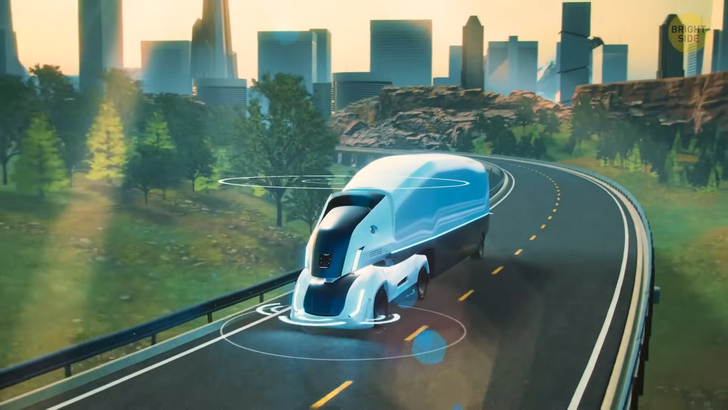
The only reaction of the computer is to pull over. The car is slowing down. Another car stops behind it. The first vehicle has created a dangerous situation and a traffic jam. And the man was not even going to cross the street. He was just standing there, waiting for his friend.
To deal with this issue, the developers of some companies equipped their cars with a “voice.” That is, they taught them to honk. In a problematic situation, such a vehicle will press the horn like an angry driver. But the car can slow down if a bird flies by. No horn signal will save you here.
On the one hand, the human factor is one of the main causes of road accidents. On the other, a person can analyze a situation much better and choose the right solution. It’s unlikely that a machine on autopilot will stop to pick up a guy hitchhiking on the side of the road. Perhaps this guy has got into trouble, and he urgently needs to leave that place, or maybe he was bitten by a snake, and he needs to go to a hospital. The computer can’t know that. But a kind person behind the wheel will stop and offer help.
Even if the world gets rid of traffic jams, people will strive for something more, whether on the road or in the air. Many engineers believe that autonomous flying taxis and buses are the future of transport. But gravity-powered flights will appear in the distant future. Such machines will work on the principle of a helicopter. They will be stylish small helicopters equipped with autopilot. Uber and other companies are investing in such technologies, and you might soon be able to use them.
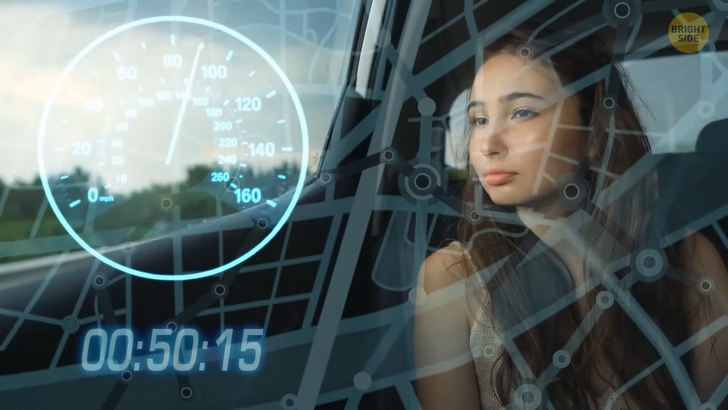
Let’s say you’re late for some event. You open the app and book the helicopter closest to you. Next, you go to the roof, where many aircraft are parked. Then your pilot takes you to the parking lot of your destination. And from there, you quickly reach the location you need.
And imagine the same thing, but for many people at once. You arrive at a particular train station and get on a big bus with wings. It takes off and follows a long route, taking you and other passengers to another city. And what if such giant buses could take you into space?
Not only cars will have propellers, but also motorcycles. There are already hover bikes designed for one passenger. You put on a helmet and sit on a small device. In 2025, you will be able to buy such bikes for $50,000. Unlike flying cars, hoverbikes cannot take off to a great height or accelerate to high speeds. But in the future, this technology will evolve.
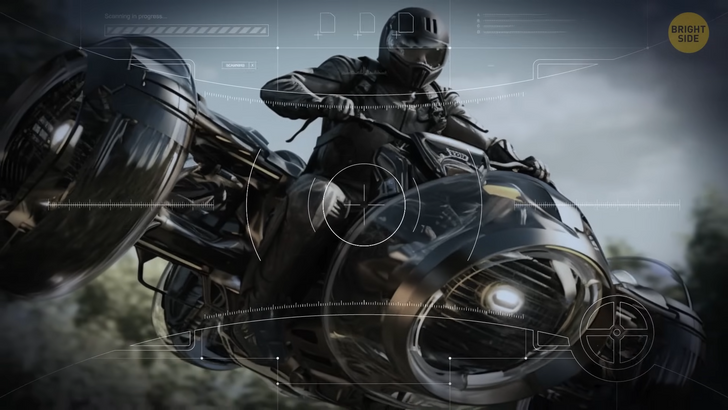
Air taxis and autopilot cars only work in the air or on smooth roads. But what if you need to cross an area with a mountainous landscape or swamps? For such off-road areas, Hyundai has developed the coolest SUV. Instead of wheels, it has legs. This walking vehicle passes through difficult sections and does it with maximum comfort. Each leg has knees and can bend. It will take you to a high hill or even to the top of a volcano.
Soon you won’t need to go shopping, because stores will come to you. Toyota has already created an unusual car you can turn into a store with any goods. Clothes, groceries, toys, jewelry, whatever. Such vehicles should improve delivery services and provide more comfort to people on trips.
But the most incredible technology that will appear in the future is the hyperloop. It’s a train on an aerodynamic cushion. Imagine a capsule traveling at a speed of 760 mph inside a vacuum tube. The interior resembles a spaceship capsule. You take your seat and fasten your seat belt. Right now, you’re accelerating to a speed that exceeds the speed of sound. But inside the cabin, you don’t feel this speed. If you watch this train from the side, it will pass by you faster than you blink. And that’s how it works.
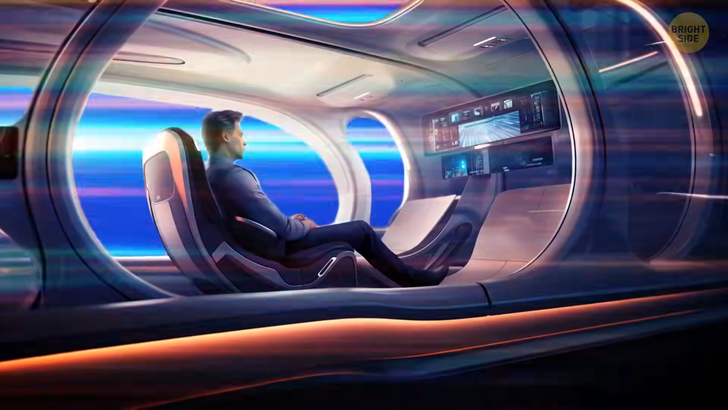
You know air hockey, right? The puck easily flies through the entire area because small holes all over the field release a thin layer of air. The puck doesn’t touch the field itself. It levitates. There’s no friction, so it just moves around the area.
The hyperloop works on a similar principle. But the air is coming from the capsule, not from the tube. Thus, a tiny distance appears between the capsule’s walls and the tunnel. And with the help of an electric motor, the train is set in motion.
Okay, we’ve figured out the friction force, but what about air resistance? The fact is that at very high speeds, large objects can’t move quickly if the air is very dense. You literally “crash” into the air, and it limits your speed.
Standard airplanes fly at an altitude with much lower air density to develop high speed. That’s why the hyperloop will move inside the pipe. Special equipment pumping the air out of this pipe will work on certain sections of this route. But some air will still be there since creating a complete vacuum requires a lot of energy.
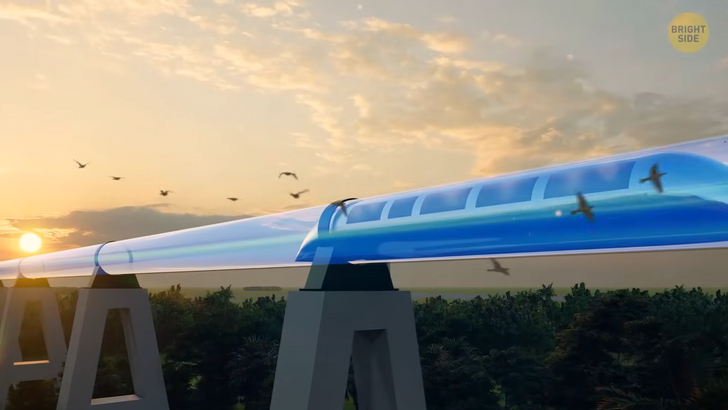
A special fan on the train’s nose will move all the incoming air under the capsule. The movement of a vacuum train resembles the work of pneumatic mail. This is when parcels pass through pipes installed in a building. And these parcels move through the pipes thanks to air compression.
The hyperloop should work using solar panels installed on the roof of the pipe. Elon Musk has long come up with this idea, but its development has some difficulties. The air gap between the tube and the capsule must always be the same.
Any pipe crack, bump, or stone can destroy the entire structure. What if a small earthquake happens somewhere? But if engineers manage to develop this technology, we will travel from Los Angeles to New York in just a few minutes.











